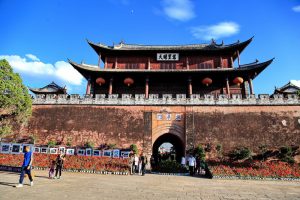
Village of Yao Ethnic Minority in Yunnan Ethnic Villages, Kunming
Overview of the Yao Ethnic Minority
Yunnan Province (云南省) has a Yao ethnic minority (瑶族) population of approximately 220,000, making it the third largest concentration of Yao people in China, following Hunan (湖南) and Guangxi (广西). The Yao people are mainly distributed in counties such as Funing (富宁), Jinping (金平), Hekou (河口), Malipo (麻栗坡), Guannan (广南), and Mengla (勐腊).
The Yao ethnic group is composed of four branches: the Lanjing Yao (蓝靛瑶), Guoshan Yao (过山瑶), Shanyao (山瑶), and Jingdong Yao (景东瑶). There are different theories regarding the origin of the Yao people. One theory suggests that they descended from the ancient ethnic group “San Miao” (三苗) from the middle and lower reaches of the Yangtze River (长江). Another theory posits that they originated from one branch of the ancient “Baiyue” (百越). The large-scale migration of the Yao people into Yunnan began during the Ming and Qing dynasties.
Both the Lanjing Yao and Guoshan Yao follow a belief system that emphasizes home practice of Yao Taoism (瑶传道教). This includes the folk custom of “dujie” (度戒), which serves as both a coming-of-age ceremony for Yao boys and an initiation ritual into Yao Taoism.
Traditional Festivals
The Yao people celebrate many traditional festivals, with small festivals occurring nearly every month, varying significantly across different regions. One of the grand traditional festivals is the “Jumping Pan Wang” (跳盘王), which commemorates their ancestor Pan Wang (盘王). Since 1984, the date for the Pan Wang Festival has been unified nationwide to the 16th day of the 10th month in the lunar calendar.
Architectural Features of the Yao Village
The Yao village in the Village of Yao Ethnic Minority in Yunnan Ethnic Villages (云南民族村–瑶族村寨) is composed of a variety of architectural styles, including stilted houses (吊角楼), single-story dwellings (平房民居), Taoist temples (道观), granaries (粮仓), and village gates (寨门). The layout is well-organized and reflects the integration of cultural elements typical of Yao architecture.
Music and Dance
Yao music, dance, and folk songs have their origins in labor and religion. Some of the most famous dances include the Long Drum Dance (长鼓舞) and the Bronze Drum Dance (铜鼓舞), which are large-scale performances to honor Pan Wang and Muluo (密洛陀). Additionally, there are numerous popular folk dances, such as the Lion Dance (狮舞), Grass Dragon Dance (草龙舞), Flower Stick Dance (花棍舞), Incense Offering Dance (上香舞), and Master Seeking Dance (求师舞), among others.
Festivals and Ceremonies
Significant festivals include:
- Pan Wang Festival (盘王节)
- Spring Festival (春节)
- Danu Festival (达努节)
- Zhongyuan Festival (中元节)
- She Wang Festival (社王节)
- Qingming Festival (清明节)
The Pan Wang Festival, commonly referred to as “Jumping Pan Wang” (跳盘王) or “Returning Pan Wang’s Wish” (还盘王愿), occurs every three to five years on the 16th day of the 10th month in the lunar calendar. The main ceremonies typically involve a master shaman (师公) performing rituals, singing Pan Wang songs, dancing the Long Drum Dance, and praying to Pan Wang (盘瓠) for blessings and protection. This festival is particularly significant for the Yao people who identify themselves as “Mian Zhi” (勉支) and is celebrated with great solemnity.
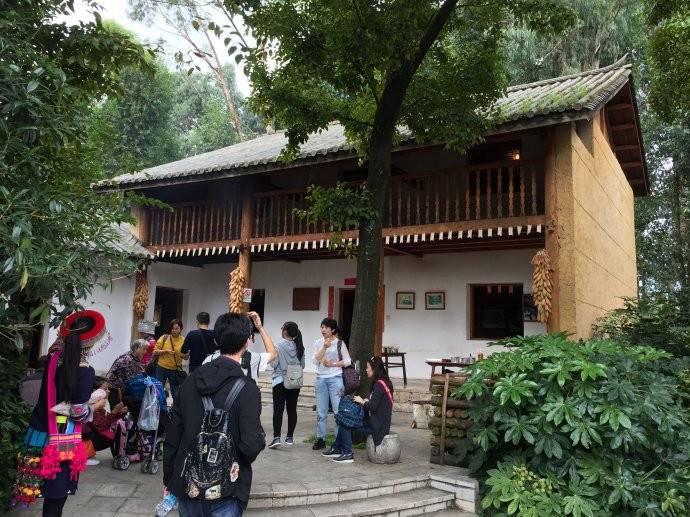
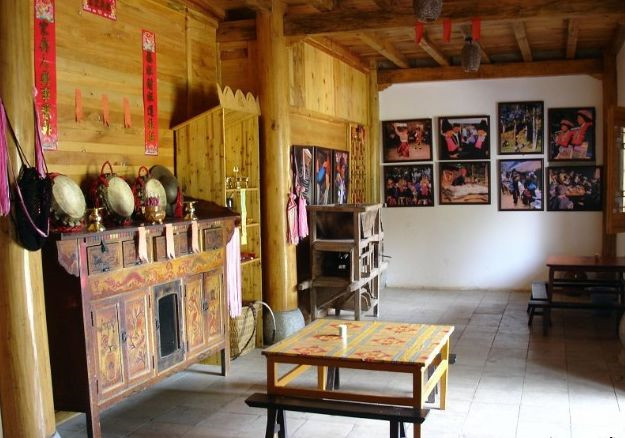
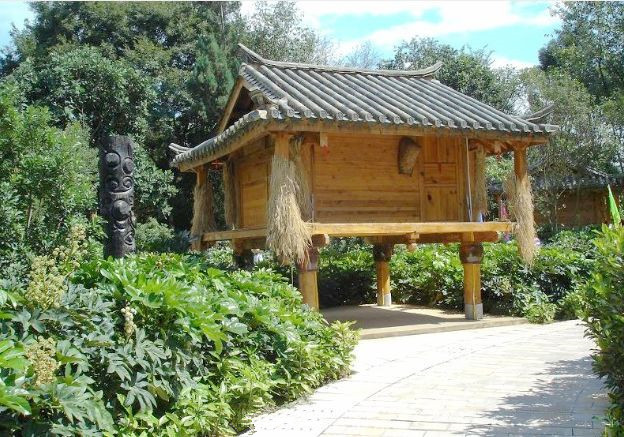
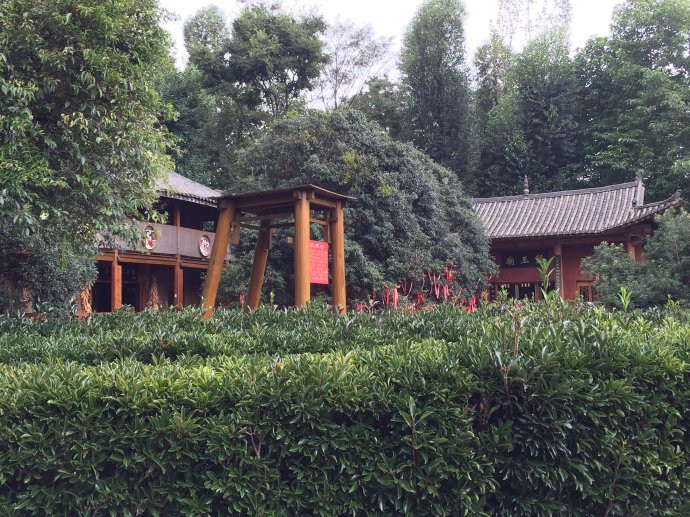

 7 Days GolfingTour
7 Days GolfingTour
 8 Days Group Tour
8 Days Group Tour
 8 Days Yunnan Tour
8 Days Yunnan Tour
 7 Days Shangri La Hiking
7 Days Shangri La Hiking
 11 Days Yunnan Tour
11 Days Yunnan Tour
 6 Days Yuanyang Terraces
6 Days Yuanyang Terraces
 11 Days Yunnan Tour
11 Days Yunnan Tour
 8 Days South Yunnan
8 Days South Yunnan
 7 Days Tea Tour
7 Days Tea Tour
 8 Days Muslim Tour
8 Days Muslim Tour
 12 Days Self-Driving
12 Days Self-Driving
 4 Days Haba Climbing
4 Days Haba Climbing
 Tiger Leaping Gorge
Tiger Leaping Gorge
 Stone Forest
Stone Forest
 Yunnan-Tibet
Yunnan-Tibet
 Hani Rice Terraces
Hani Rice Terraces
 Kunming
Kunming
 Lijiang
Lijiang
 Shangri-la
Shangri-la
 Dali
Dali
 XishuangBanna
XishuangBanna
 Honghe
Honghe
 Kunming
Kunming
 Lijiang
Lijiang
 Shangri-la
Shangri-la
 Yuanyang Rice Terraces
Yuanyang Rice Terraces
 Nujiang
Nujiang
 XishuangBanna
XishuangBanna
 Spring City Golf
Spring City Golf
 Snow Mountain Golf
Snow Mountain Golf
 Stone Mountain Golf
Stone Mountain Golf

